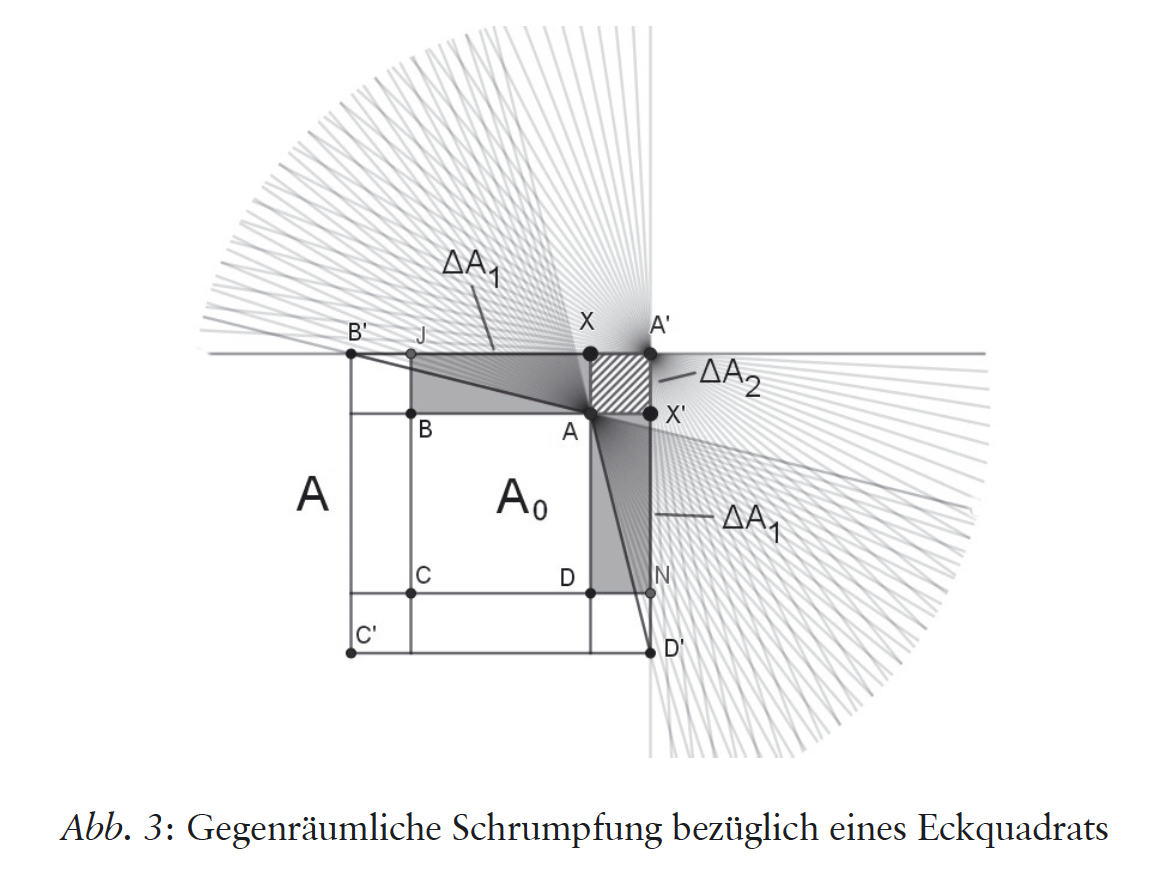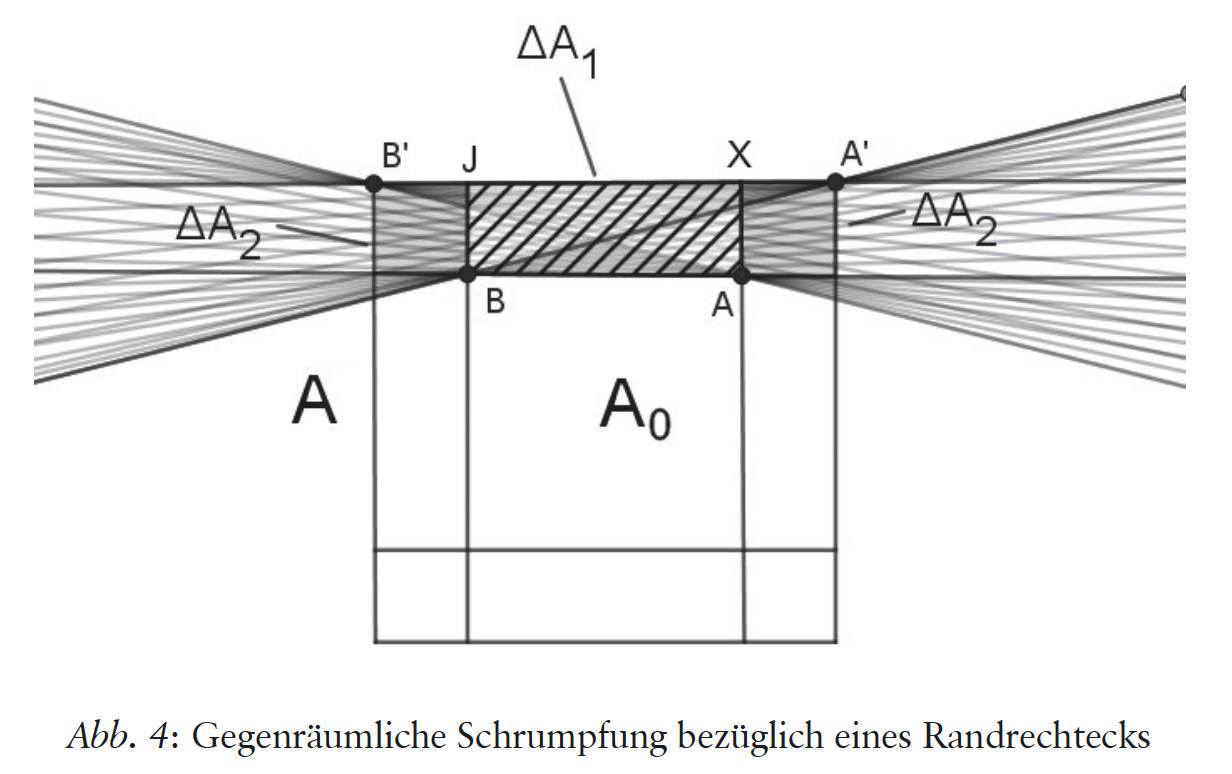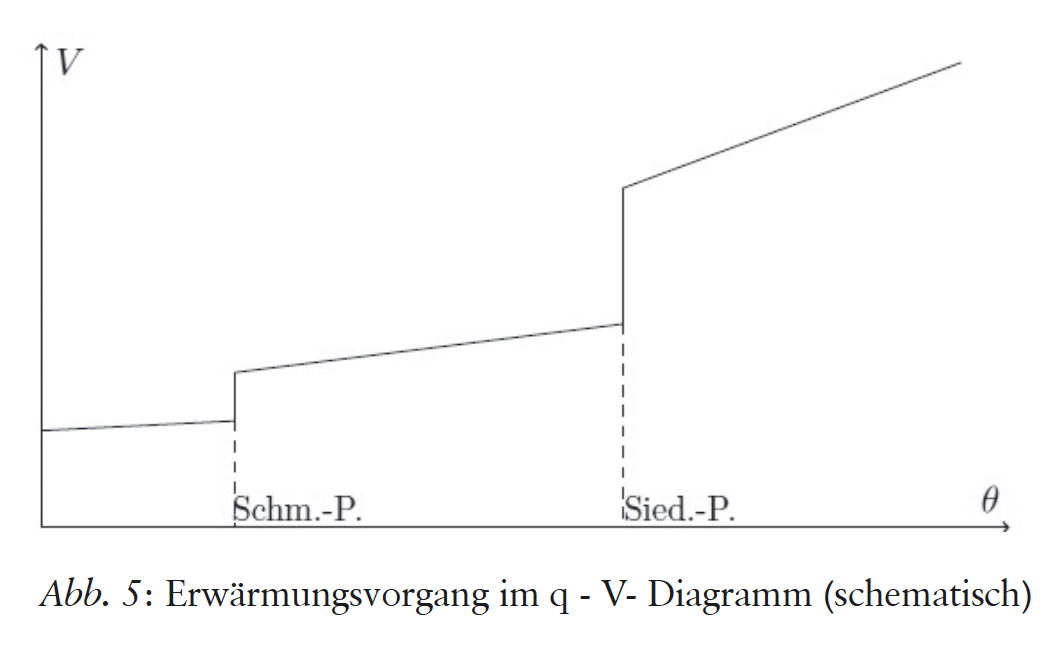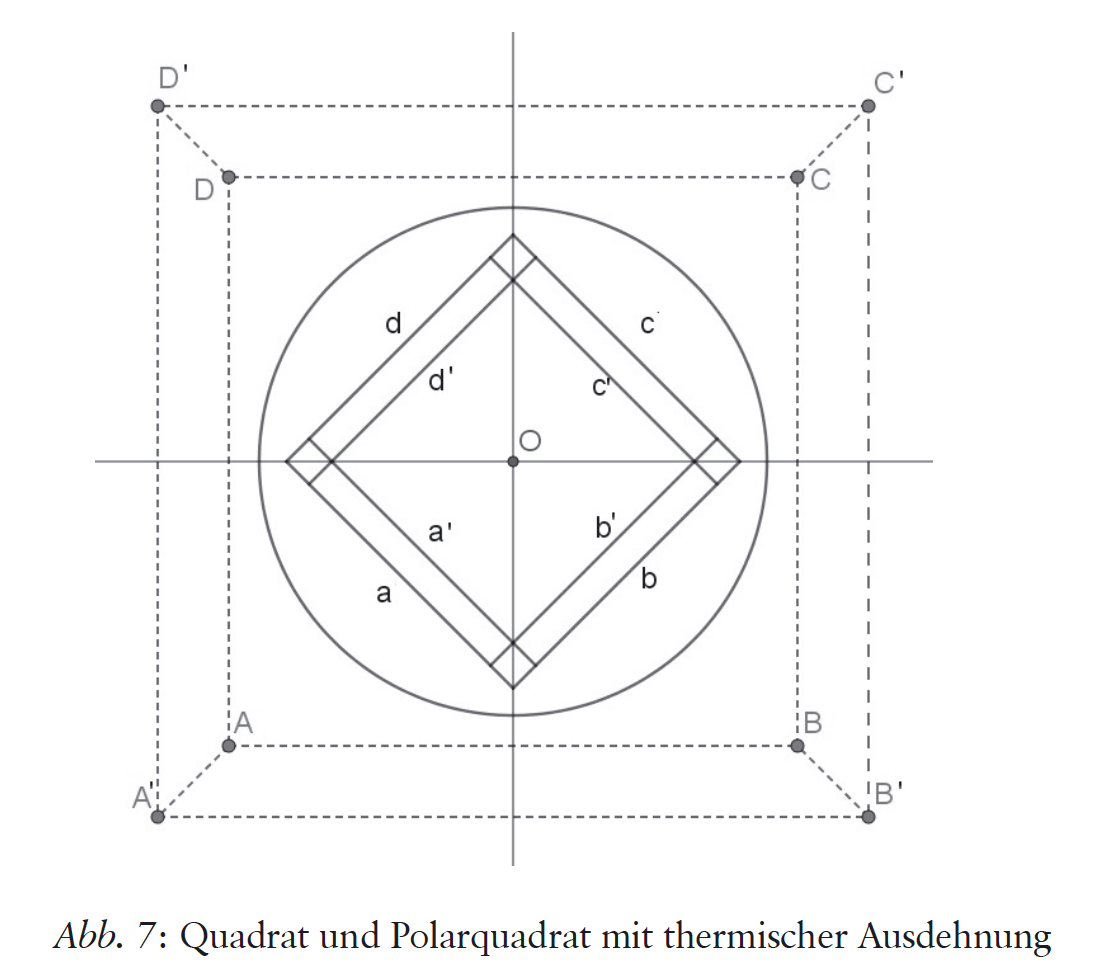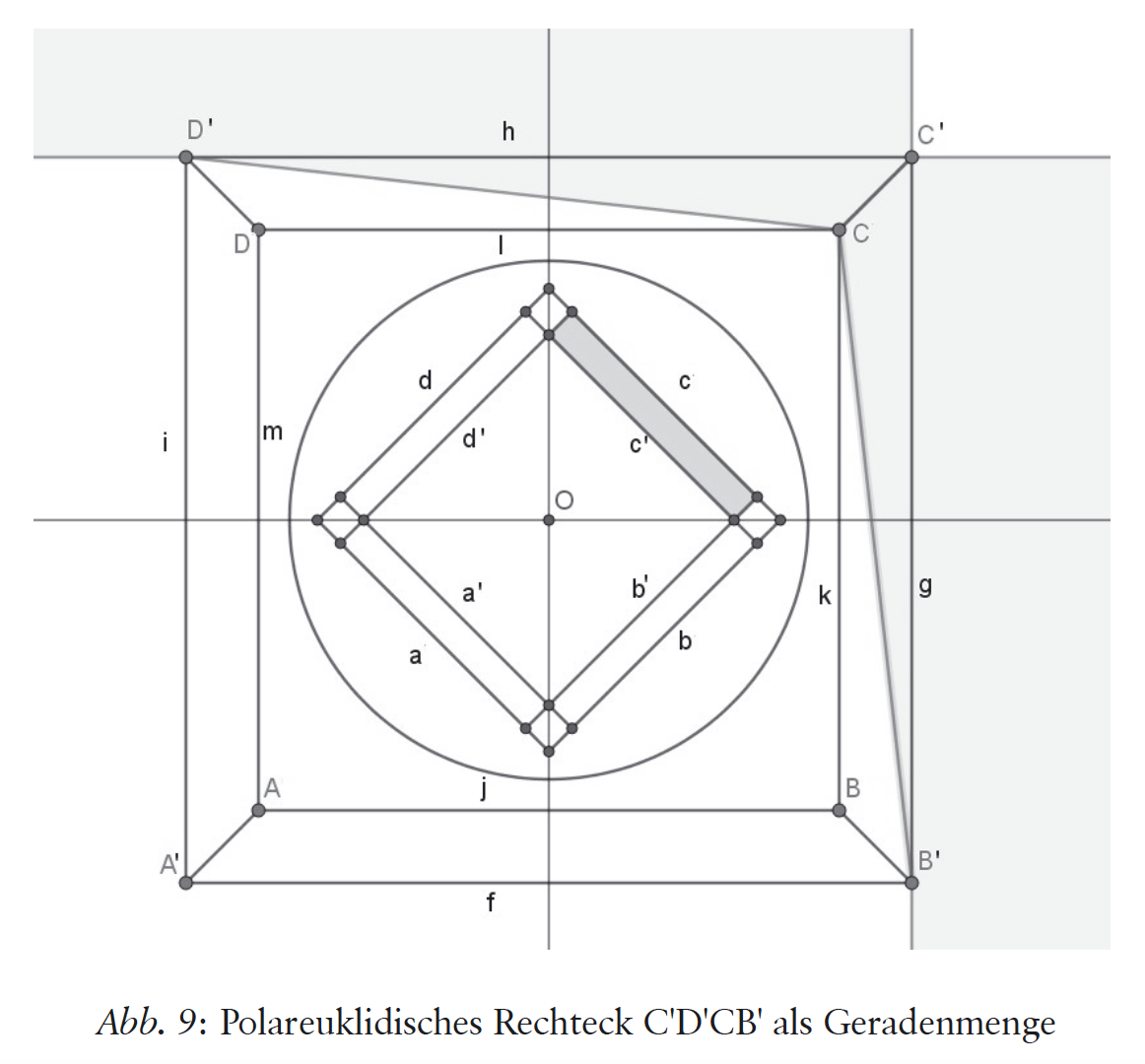Temperatur und Dimension des Wärmewesens im Wärmekurs
Export Article Citation as
- Plain text
- BibTeX
- RIS format
- Download price : € 6.00
Abstract:
In the natural science courses Rudolf Steiner gives numerous suggestions for the further development of physics, in particular for concepts that differ from those of the usual scientific approach. However, in some cases these suggestions are so vague that they generate more questions than answers. This paper proposes a way to understand Steiner’s text on volume expansion in the context of phase transitions, which he covered in the second and third lectures. It assumes a four- dimensional manifold for the description of thermal effects, in which there is another dimension of reality besides the three spatial dimensions – here called “hotness” – and for which a temperature scale is something like a coordinate. Only when the independent effects of space and temperature are seen together can one arrive at an adequate overall view of the thermal state which includes the processes during phase transitions.


